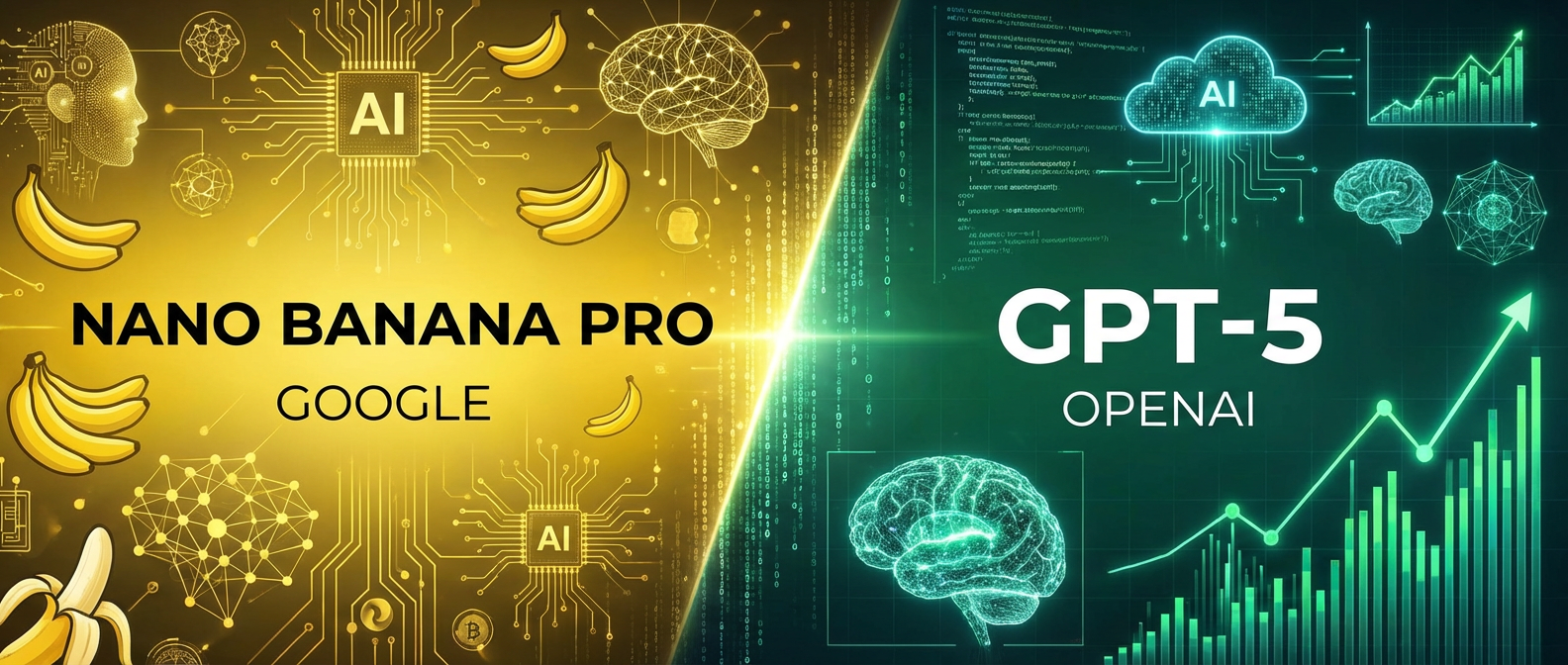Artificial Intelligence is making a bigger and bigger difference in many fields. Education is one of them, and one of the most important. The introduction of AI in education has made a lot of positive changes, helping both students and teachers in various ways. However, it is essential to recognize that AI also brings some non-obvious challenges. This article explores how AI is transforming education by highlighting its benefits and discussing its disadvantages.
Personalized Learning
One of the most significant benefits of AI in education is personalized learning. Traditional classrooms often follow a standard method of teaching where all students get the same lessons. This approach does not address the unique needs of each student. AI can change this by offering tailored lessons based on the student's strengths and weaknesses. For example, AI systems can analyze how a student performs in different subjects and create a customized learning path for them. This allows students to learn at their own pace and focus on areas where they need improvement.

Automation of Grading
Grading assignments and exams can take up a lot of teachers' time. AI can help by automating many of these tasks. For instance, AI can quickly grade multiple-choice tests and even provide preliminary assessments of written essays. By handling routine grading, AI allows teachers to spend more time on other important tasks, such as planning lessons and giving personalized attention to students.
Improving Access to Education and Interactive Tools
AI has the potential to make education more accessible to people around the world. Online learning platforms equipped with AI can offer quality education to students, no matter where they are located. These platforms can provide resources and lessons to students in remote areas who may not have access to traditional schools. Moreover, AI can help in translating educational materials into various languages, making it easier for students to learn in their native language.
AI-powered tools can make learning more engaging and interactive. For example, virtual tutors can simulate real-life conversations, helping students practice language skills. Similarly, AI can create interactive simulations and games that make learning fun. These tools can break down complex subjects into easy-to-understand lessons. For example, historical events can come alive through augmented reality (AR) or virtual reality (VR), providing students with a more immersive learning experience.
Supporting Students with Disabilities
AI can be particularly beneficial for students with disabilities. Speech recognition technology, for example, can help students who have difficulty writing by converting their spoken words into text. Similarly, AI tools can assist visually impaired students by reading out text and descriptions. These tools make it easier for students with disabilities to participate in class and complete their assignments.

Data Privacy Concerns
While AI offers many benefits, it also brings some challenges. One significant concern is data privacy. AI systems need a lot of data to function effectively, which means they collect and store information about students. It is essential to ensure that this data is protected to prevent privacy breaches. Schools and AI developers must implement strict data security measures to protect students' sensitive information.
Potential for Bias
Another challenge is the potential for bias in AI systems. AI tools are trained on data, and if this data contains biases, the AI system can also become biased. For example, if an AI system is trained on data that favors a particular demographic, it may unfairly disadvantage students from other groups. It is crucial to regularly review and update AI systems to ensure they are fair and unbiased.

Reduced Human Interaction
AI might also reduce the amount of human interaction in education. While AI tools can simulate conversations and provide feedback, they cannot replace the empathy and understanding of a human teacher. Students still need personal connections with their teachers for emotional and social development. Therefore, it is important to balance the use of AI with traditional teaching methods to ensure students receive well-rounded education.
Examples of AI in Action
Many schools and universities are already integrating AI to enhance learning and teaching experiences. Here are some concrete examples:
Personalized Learning and Tutoring:
Duolingo: As mentioned, Duolingo uses AI to tailor language lessons to each user's pace and learning style. It tracks progress, identifies areas where users struggle, and adjusts the difficulty and content accordingly.
Khan Academy: This non-profit platform uses AI to personalize math practice exercises and provide hints and feedback based on individual student performance. It helps identify knowledge gaps and recommends specific lessons to fill them. Khanmingo is purely AI-based education assistant.
Carnegie Learning: This company develops intelligent tutoring systems that use AI to provide personalized instruction and feedback in math and literacy. Their platforms adapt to student responses and provide targeted support in real-time.

Writing Assistance and Feedback:
Grammarly: Grammarly uses AI and natural language processing to identify and correct grammar, spelling, punctuation, and style errors in writing. It offers suggestions for improvement and helps users enhance their writing clarity and effectiveness. Grammarly is, on the other hand, used to detect plagiarism with the help of AI.
Turnitin Feedback Studio: While primarily known for plagiarism detection, Turnitin also employs AI to provide automated feedback on student writing, focusing on aspects like citation formatting, grammar, and originality.

Administrative Efficiency and Support:
Chatbots for Student Services: Many universities now utilize AI-powered chatbots on their websites and learning platforms. For example, Deakin University in Australia uses a chatbot to answer student questions 24/7.
Georgia Tech's "Jill Watson": In a groundbreaking experiment, Georgia Tech used an AI teaching assistant named "Jill Watson" (powered by IBM Watson) to answer student questions in an online forum. Jill was so effective that many students didn't realize she was an AI until the end of the semester.
Automated Admissions Screening: Some institutions are exploring AI for initial application screening in admissions processes. For instance, the University of Texas at Austin experimented with an AI tool to help manage a growing volume of applications.
These examples represent a small fraction of how AI is being applied in education today. The field is constantly evolving, with new tools and applications emerging regularly to personalize learning, streamline administrative tasks, and create more engaging and effective educational experiences.
The Future of AI in Education
The future of AI in education looks promising. Ongoing developments in AI technology will likely bring even more advanced tools and applications. For instance, platforms like Writingmate are already allowing the use of multiple AI models within a single web app. These include advanced language models like GPT-4o and Claude, which can assist in various educational tasks, from generating content to creating interactive lessons.
Moreover, the integration of AI with other technologies such as AR and VR will further revolutionize learning experiences. Students will be able to explore virtual worlds and engage with interactive content in ways that were previously impossible. These innovations will make learning more dynamic and enjoyable.
Try Writingmate here, for free: https://writingmate.ai

Conclusion
AI is undoubtedly transforming the education sector by offering numerous benefits. It personalizes learning, automates grading, improves access to education, creates interactive learning environments, and supports students with disabilities. However, it also presents challenges such as data privacy concerns, potential bias, and reduced human interaction. It is crucial to address these challenges to ensure a balanced and effective use of AI in education.
With platforms like Writingmate, the future of AI in education holds immense potential for further innovation. These advancements will continue to reshape how education is delivered and experienced, making it more accessible and effective for students worldwide.
For detailed articles on AI, visit our blog that we make with a love of technology, people, and their needs.
Written by
Artem Vysotsky
Ex-Staff Engineer at Meta. Building the technical foundation to make AI accessible to everyone.
Reviewed by
Sergey Vysotsky
Ex-Chief Editor / PM at Mosaic. Passionate about making AI accessible and affordable for everyone.



